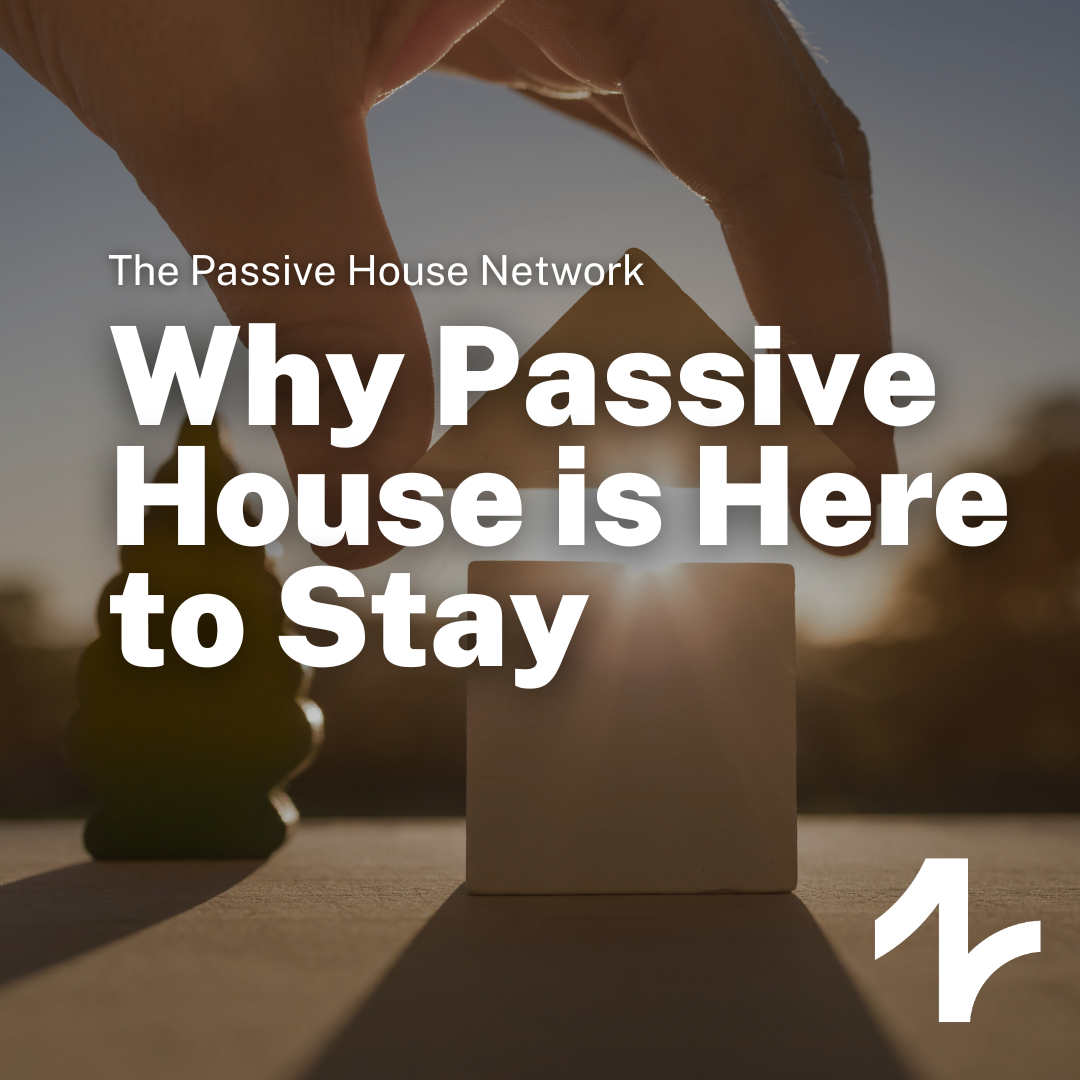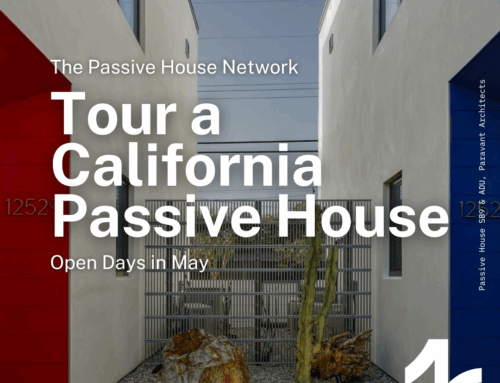Why Passive House is Here to Stay
When Dr. Wolfgang Feist completed the first Passive House in Darmstadt, Germany, in 1991, he laid the foundation for a movement that would change how we understand and implement building science forever. Since then, over 2 million square feet of buildings have been certified to Passive House Standard worldwide, and there’s more on the way.
Once you learn how Passive House works, designing any other way is hard. Passive House delivers exceptional buildings that set the standard for health, efficiency, and resilience. The reliability of the standard is just one of the reasons we’re certain that Passive House isn’t going anywhere, but if you’re feeling a little rocked by recent events, here are a few more things to consider.
When Disaster Strikes, You’ll Want to Be Passive House Prepared
Climate change isn’t like Santa Claus. Choosing not to believe won’t protect you from the consequences of coal in your stocking. Our climate reality is one that is seeing more extreme weather and more damage and deaths from storms, heat waves, cold snaps, and more.
Call it climate change, global warming, “weird weather,” or whatever else you like. When the storm rolls in, you’ll want to be sure you have the best protection for your home and your family. The Wall Street Journal recently suggested that the efficiency upgrades of Passive House also double as a way to catastrophe-proof your home. The article explains how Passive House Rocky Mountain leader Mark Attard’s home was protected from the Marshall Fire and how he could return amid a power outage to comfortable temperatures despite the freezing Colorado nights.
These protections are just as vital during high temperatures as we recently profiled during the intense heat waves and power outages in Houston this past spring. Extreme heat is the number one weather-related killer in the United States, and power outages make these events even more dangerous. In situations like these, Passive House keeps indoor temperatures at a safer level for longer, literally saving lives. That kind of peace of mind is priceless.
Passive House Efficiency Will Drive Future Property Value
The resilience Passive House provides translates into higher future property values. A less-efficient building will lead to more expensive bills. It’ll likely need to be renovated sooner and be more expensive to maintain. A Passive House building is more durable, costs less to maintain and operate, and provides greater occupant comfort and satisfaction, lowering vacancy rates. In an uncertain world, you can be certain that Passive House will lower investment risk.
Passive House Makes Energy Costs Even Cheaper
The principles of Passive House Design ensure that less energy is needed to heat and cool buildings, which lowers energy use and, in turn, energy costs. Our Safe at Home Study found that Passive House can lower utility bills by 30-50%.
Meanwhile, as we integrate cheaper renewables into more of our grid, more appliances will likely seek to take advantage of those cheaper energy prices. Electric cars, furnaces, and cooktops will lead to lower bills and cleaner air, but they’ll also add more demand to our energy grid. Passive House design counteracts this. A 2023 report from Emu on Passive Building Standards found that it’s possible to power a Passive home and charge two electric vehicles with little or no increase in demand for the grid over a standard building. With 60% of Americans preferring an all- or mostly-electric home, Passive House will play a role.
In Our Housing Shortage, Passive House Delivers Lots of Housing
It’s no secret that our country is dealing with a massive housing shortage. According to The Mortgage Report, America saw 6.5 million more households formed than single-family homes built between 2012 and 2022. A clear solution to this problem is to build more homes–and be sure to build them well. For these reasons, financing mechanisms and building codes support the growth of Passive House multifamily affordable housing. The New York City Housing Preservation & Development, a city agency that helps finance affordable housing across the city has partnered with NYSERDA to implement the Future Housing Initiative, which includes incentives to fund multifamily buildings that will achieve Passive House Certification. HPD and NYSERDA are also funding free Certified Passive House Designer training for those who are working on HPD-funded projects. New York City has identified the buildings of the future, and we expect more jurisdictions to follow.
Renewable Energy is Soaring–at the Expense of Carbon-Based Fuels
While there might be calls to “drill, baby, drill,” the reality is that wind and solar are now the cheapest sources of new energy in the world. As we enter a new conversation that will attempt to strike climate from the record, renewables have been redefined to save money, and the electrification of everything is the bridge to the decarbonized future. Combine that with the incredible growth that renewables have seen–in just 10 years, wind and solar went from making up just 1% of the world’s energy generation to 15%–and the Clean Energy tax credits that are in place until 2032, and you’ve got a recipe for even more growth.
Passive House is Grid Friendly Grid Modernization
With the continued growth of renewables and the push to electrify everything, our aging energy grid faces massive challenges in remaining reliable and cost-effective. Today, buildings previously heated by fossil fuels will be heated by electric heat pumps (great!). Still, the peak electric demand will quadruple (bad!), that is, if we don’t make our buildings much more energy efficient. Massachusetts has identified this problem and is moving upstream by mandating “grid friendly” Passive House buildings “that crush the heating demand to oblivion,” not increase peak loads. Massachusetts makes a convincing case that investment in Passive House should be seen as an investment in grid modernization. Passive House is a cornerstone of our all-electric, all-renewable energy future.
What Next?
Safe, healthy, efficient housing is the future of design. Passive House is the best approach to attaining reliable results. With Passive House, we can continue transitioning to renewable energy, lower our bills, preserve our investments, and stay safer when disaster comes. With our Free 1 Hour Intro to Passive House, you can learn more and rethink the design and construction possibilities with our Certified Passive House Designer training. Our next cohort kicks off on January 16th.





